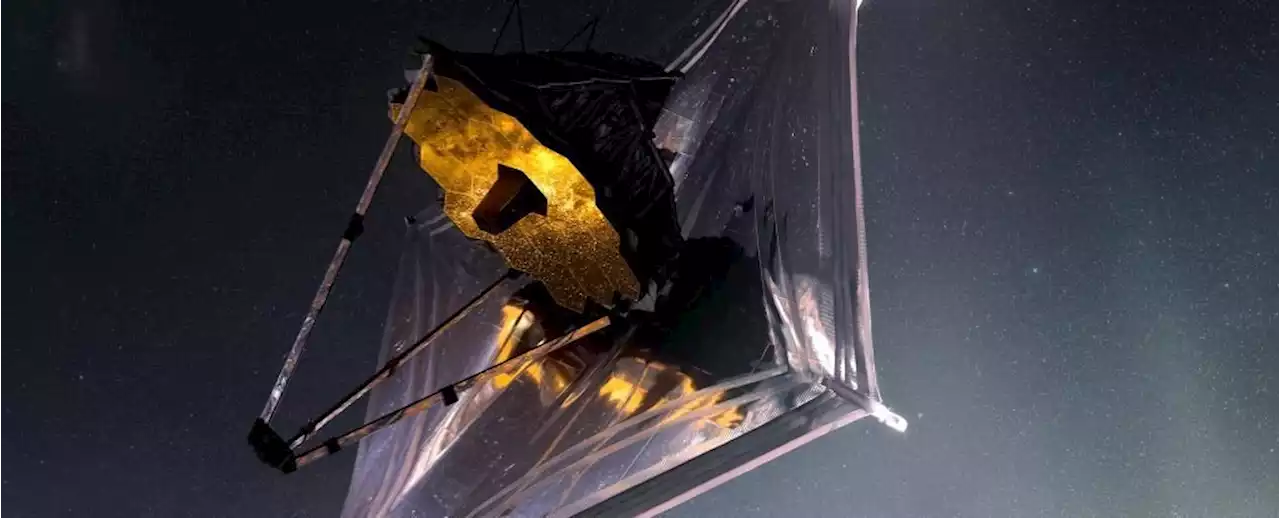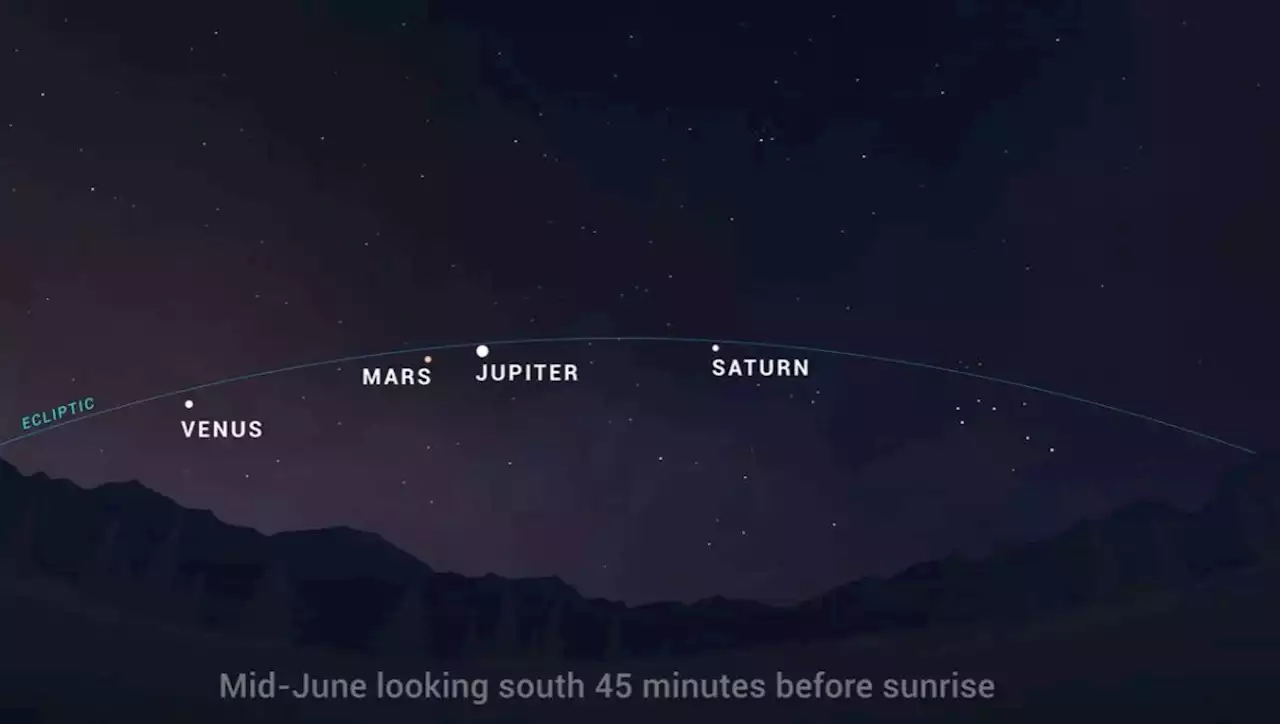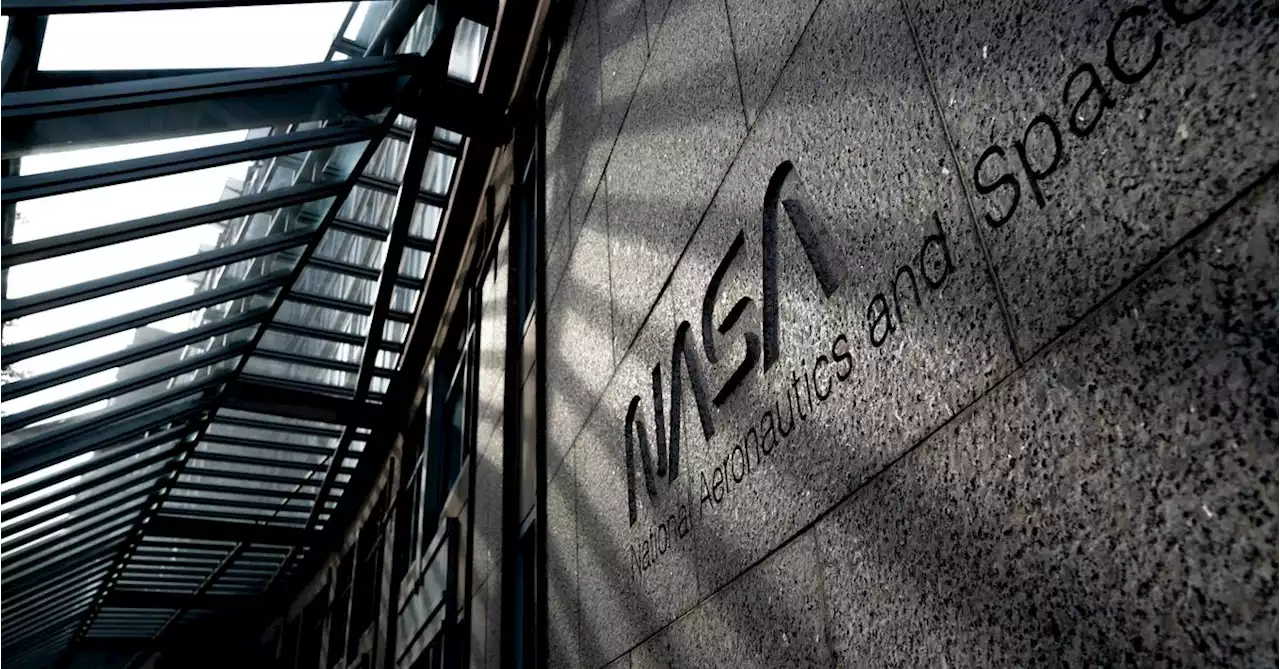'We have no time to lose'
The United States' space agency thinks spacecraft powered via a nuclear thermal rocket could reach Mars in only three or four months, bringing astronauts to the Red Planet's doorstep in half the time required by conventional, liquid-propellant rockets.
This came as additional reports suggested China had successfully tested a new orbital rocket potentiallyat supersonic speeds. This is especially dangerous because, lacking the long warning window ballistic missiles afford , hypersonic missiles armed with nuclear warheads could circumvent early-warning systems, causing casualties from a strike to soar like never before.
"If the United States is serious about leading in a human mission to Mars, we have no time to lose," said U.S. Representative Don Beyer, who is chair of the committee."Congress has prioritized development of nuclear space propulsion over the past several years, directing about $100 million annually for NASA to advance nuclear thermal propulsion capabilities with the goal of conducting a future in-space flight test," added Beyer, in the hearing.
reactor. Officials at NASA argued that much more funding is necessary, but no solid dollar amount was set during the Wednesday hearing.involves identifying or manufacturing materials capable of withstanding the heat and exposure necessary to function in space, explained Roger M. Myers, who is chair of a committee on space-worthy nuclear engines at the National Academies of Sciences, Engineering, and Medicine.
, advanced propulsion like nuclear-thermal engines could shave off crucial months of transit time, extending the mission window for astronauts investigating the Red Planet's surface, and also bringing them home faster than was ever possible before.Stay ahead with the latest science, technology and innovation news, for free:
United States Latest News, United States Headlines
Similar News:You can also read news stories similar to this one that we have collected from other news sources.
 NASA Says a Tiny Space Rock Has Impacted The James Webb Space TelescopeIn its new home far from Earth, the James Webb Space Telescope maybe isn't quite as alone as it seems.
NASA Says a Tiny Space Rock Has Impacted The James Webb Space TelescopeIn its new home far from Earth, the James Webb Space Telescope maybe isn't quite as alone as it seems.
Read more »
 A 'planetary breakup' of 5 planets in the June's big stargazing sight, NASA saysVenus, Mars, Jupiter and Saturn are dazzling sights in June's night sky. Mercury and the moon will join the show, too.
A 'planetary breakup' of 5 planets in the June's big stargazing sight, NASA saysVenus, Mars, Jupiter and Saturn are dazzling sights in June's night sky. Mercury and the moon will join the show, too.
Read more »
 NASA is putting together a research team to study UFOsNow the space agency is diving into the fray.
NASA is putting together a research team to study UFOsNow the space agency is diving into the fray.
Read more »
 Here's why NASA is will rent space suits instead of building themWatch this Scott Manley video to find out why NASA will be renting $3.5-billion space suits instead of building them.
Here's why NASA is will rent space suits instead of building themWatch this Scott Manley video to find out why NASA will be renting $3.5-billion space suits instead of building them.
Read more »
